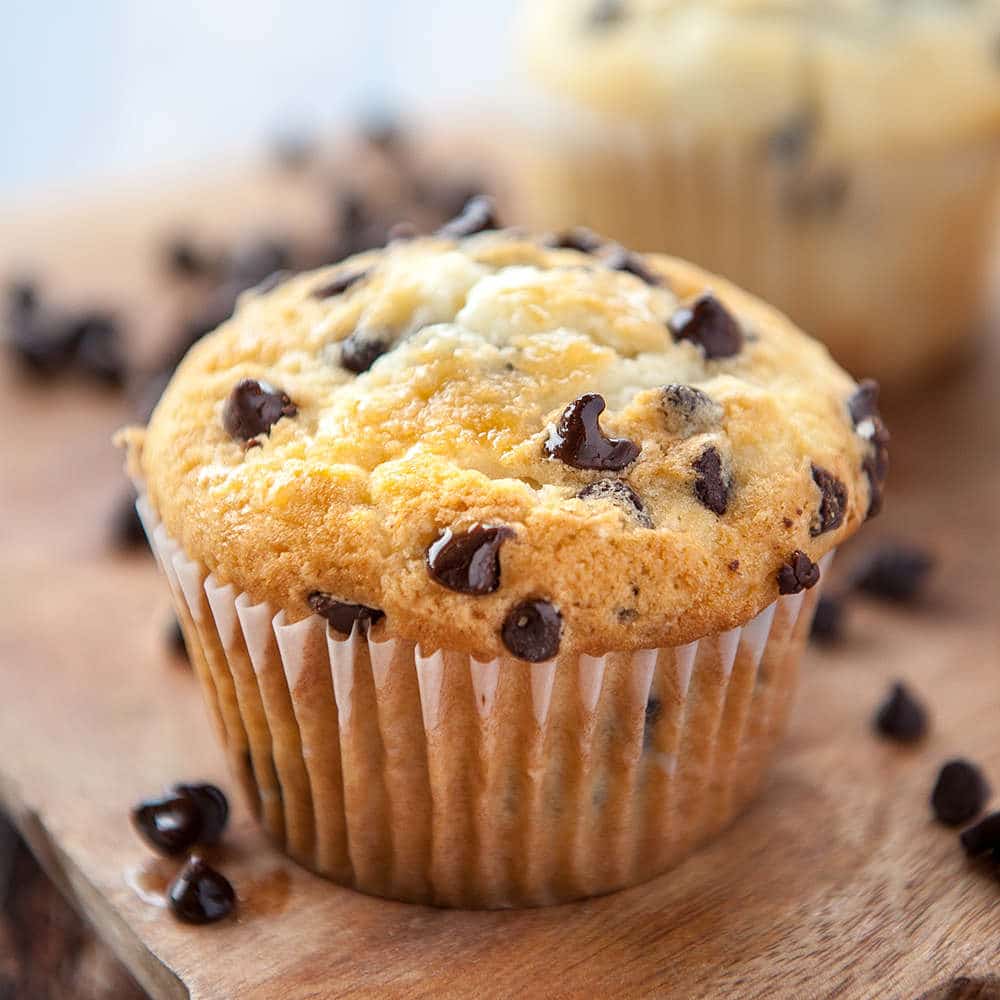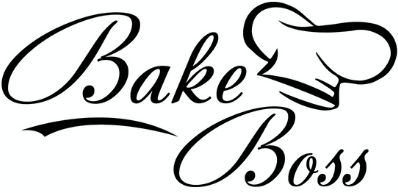
Easy Instructions to Make Perfect Muffins Every Time
Share
Making the perfect muffin
Muffins make a tasty breakfast or 'any time' treat and are really easy to master.
For those that think baking is beyond their capabilities, Muffins can be that first confidence-building step into turning flour into something edible.
Muffins are a cross between a cake and a quick bread.
Self raising flour, or flour and baking powder are used to lift the muffin and make it light, as opposed to yeast which is found in bread and doughnuts.
Breads normally use yeast which takes a fair amount of time to 'prove' or grow before baking. Yeast is also sensitive to salt which retards its growth.
Muffins, American 'biscuits' and scones are known as quick breads because they can be mixed and cooked immediately, and the baking powder acts as the raising agent, even with the presence of salt.
Muffins consist of a fairly constant ratio by weight of Flour, liquid, egg and butter.
If you maintain that ratio, you can adjust your flavours and fillings to your hearts desire.
You don't need to scour the library or the internet looking for 'recipes'
The measurements are done by weight as these are constant.
Volume measurements like cups and spoons and litres can be inaccurate depending on how firmly you pack the dry ingredients. Different ingredients also have different densities. Use weight.
Muffins can be sweet or savoury and made in many shapes or moulds.
The basic recipe is:
- 2 parts plain flour (200g or 6 oz)
- Baking powder 17 grams per 200g flour (or 1/2 oz per 6 oz)
- 2 parts liquid (200g or 6 oz milk)
- 1 part lightly beaten egg (100g or 3 oz beaten egg)
- 1 part melted butter (100g or 3 oz)
This is the basic mix.
For sweet muffins, add sugar to taste. Rule of thumb, use about 1 part sugar, or half the weight of the flour.
For the garnish or fillings, add 20% to 30% of the volume of the basic mix.
This can be anything you like.
Method:
- Preheat oven to 190 degrees C / 375 degrees F
- Prepare the muffin mold, or cups, or muffin tray. If not non stick, grease with butter or oil spray
- Measure all ingredients
- Sift the flour & mix with baking powder, (then the sugar if sweet, or salt pepper if savoury)
- Make a well in the flour, add the liquid (milk is good) and egg and melted butter
- Mix as little as possible with a knife or fork until it almost becomes a batter
- Add garnish (berries, or chocolate, or herbs & cheese, or banana etc) and mix barely enough to combine
- Scoop into muffin tray or mold - up to the top, nice and full
- Bake in the oven around 20 minutes. Test by inserting a skewer into the middle. If it comes out with uncooked wet batter on it, put back. If dry and clean, they're cooked.
- Cool in the tray for 10 minutes, then serve
The Rules:
When making muffins, a couple of things are essential for success.
- Muffins are NOT complicated, but the golden rule is Do NOT over mix.
- Over mixing the muffin batter will result in tough, chewy, dry muffins every time.
- You can mix the dry ingredients as much as you like.
- As soon as you add the liquid and the egg, you must mix only enough to combine into a lumpy batter.
- Do NOT stir with a spoon or use a mixing machine.
- The best way to do it is to use a table knife or bread & butter knife to 'cut' the ingredients together into a rough batter.
- If the batter looks smooth and professional, it's over mixed.
- Always sift or sieve the flour before mixing with the other ingredients so you don't get lumps of flour in the muffins.
- Preheat the oven before making the batter, and have the muffin tin, or paper cups or molds ready before starting. 180 degrees C to 190 degrees C is a good temperature for most muffins.
- 15 to 30 minutes depending on size and 20-25 minutes is good for medium to large muffins
- If using cocoa, or ground spices, sift into the flour to mix well.
- The liquid (often milk, but up to you) can be infused with spices, tea, coffee, herbs or any other flavours too.
- Don't use fruits or garnish that lose a lot of water or it will affect the result.
- If using something hard to cook (like onions, corn, capsicum etc) you can saute them first for better flavour and texture in the finished muffin.
Shane Brierly is a professional chef from New Zealand who has been travelling the globe for the last six years cooking, eating and discovering. He prefers the "path less travelled" and is currently living in South-East Asia blogging new foods, experiences, sights and ingredients. Shane can be found at http://chef-a-gogo.com and is happy to answer any questions or respond to feedback left in the comments section. He loves teaching people how to cook, and is passionate about fresh food, quickly and simply prepared.
Article Source: https://EzineArticles.com/expert/Shane_Brierly/693726
